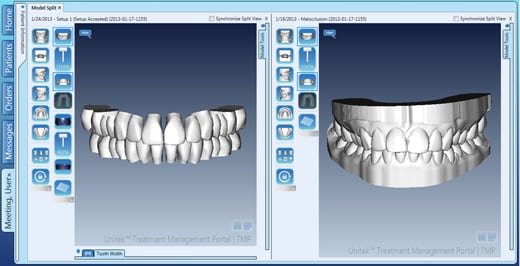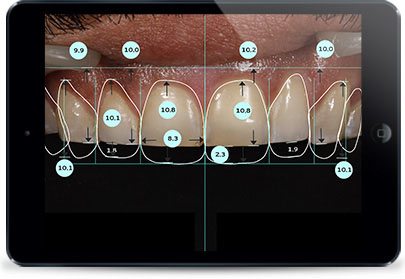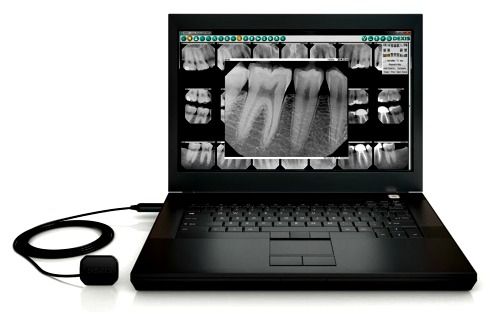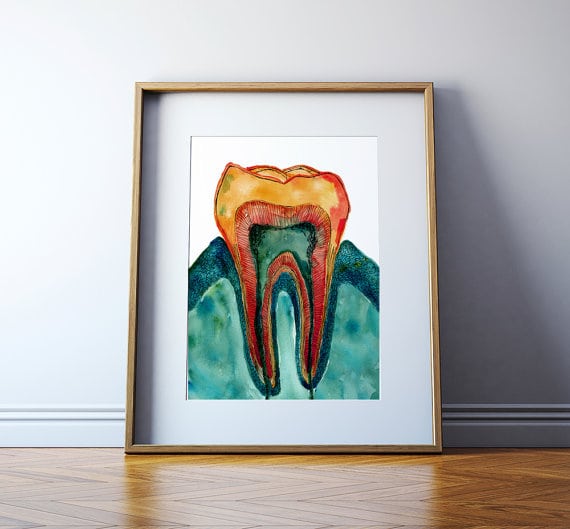Worn Teeth
How Does Ageing Affect Your Teeth?
Aging is inevitable … and a fact of life. A popular goal for many people is to control or at least minimize the impact that aging can have on us. It would be fair to say too, that men are probably not as focused on the aging process as women are.
Aging process also affects our teeth. Under normal circumstances patients can expect to have “old teeth” problems by the time they reach their 40′s or 50′s.
Premature wear of tooth structures can occur however, for a certain population of patients. One special group of patients are those who have had significant “untreated” biting problems that accompany teeth clenching, teeth grinding or bruxism.
Although bruxism that occurs at night, during our sleep, is fairly common… some people do experience it during the daytime hours… especially under stressful conditions at work.
The most common treatment for bruxism is a customised “bite guard”. This is typically an acrylic appliance made to fit all of either the upper or lower teeth. It does protect the teeth, but does not stop the grinding activity.


Do You Have Worn Teeth ?
How Do Teeth Get Worn Down?
Is it possible your teeth have become worn over time? It’s fairly common, and most people don’t even realize it’s happening - for many people, their dentist is the first one to tell them they have signs of tooth wear. Many other people aren’t sure how serious the problem really is.
Unfortunately, it’s not just a cosmetic issue. After dental decay and gum disease, tooth wear is considered to be the third significant dental “disease” that we diagnose and treat every day.
There are a number of reasons why teeth become worn over time. Normal functions such as eating and speaking, and some diets promote tooth wear at varying rates. Outside the normal function, the most common cause of wear on teeth is clenching or grinding (upper and lower teeth touching or teeth rubbing against each other at times other than when you’re eating or swallowing). This can happen during the day (like maybe when you’re concentrating hard on a task or faced with a stressful situation) or at night (which most people do not even realize they’re doing, so it can be harder to identify and control).
The result of that kind of repeated tooth-to-tooth contact is called “attrition,” or wear. If you think you may have worn teeth, and you don’t know why the most likely cause is attrition related to clenching or grinding.
Worn Teeth Structure
How Do Teeth Get Worn Down?
Teeth are composed of four parts – enamel, dentin, cementum (covering of the root) and the pulp (blood vessels and nerves). The tooth components Enamel is the hardest substance in the body and completely encases the crown of an erupting tooth. With use, some enamel is lost, though there is an adequate thickness of enamel to protect a tooth for a lifetime with normal wear and tear.
With abnormal (pathological) wear, the enamel is completely lost in some areas, which exposes the underlying dentin. Since dentin wears seven times faster than enamel, even if the original cause of the problem is stopped, the dentin will still degrade fairly quickly.
The undermined neighbouring enamel, which is brittle, will start to chip away. This whole portion of the tooth then breaks down at a relatively rapid pace. It can easily lead to a 50% loss of height of a lower front tooth, and sometimes greater, all the way to the gum line.


What Do Worn Teeth Look Like ?
Mild tooth wear isn’t always clearly visible, which is why people often aren’t aware of it. Severe wear can be much more obvious, and sometimes painful. With severe wear, you’ll notice shorter, flat-looking teeth with sharper edges, that may appear more yellow (if the inner layers of the tooth are exposed, which have a more yellow colour).
With severe tooth wear , you often notice a slight unevenness or jaggedness to the ends of teeth, as a result of chipping. Other times teeth start to look more rounded (the same way sand wears away at a rock and makes it smoother). You might also feel soreness, or tightness in your facial muscles, especially when you first wake up in the morning.
Different Types of Tooth Tissue Loss - Tooth wear
The three forms of accelerated tooth structure loss that results in worn down teeth are:
Attrition is tooth-to-tooth wear on the biting edges of the teeth caused by excessive grinding or clenching.
Abrasion is tooth wear through over aggressive brushing and typically affects the sides and necks of the teeth.
Erosion is loss of tooth structure (enamel and dentine) dissolved through acid erosion caused by acidic foods and drinks in our diets, or in patients with conditions like bulimia or acid-reflux. Some people will have more than one of these factors, sometimes even all three..
Bruxism – a major cause of worn teeth
One of the main factors that can lead to worn down teeth is involuntary teeth grinding or clenching, known as bruxism. Although often brought on by stress, in many cases it is an unconscious action performed during the day and/or whilst asleep. In order to try to prevent daytime or night-time clenching or grinding, mouth appliances are often suggested to protect the worn teeth and encourage the habit to stop.


Treatment for Worn Teeth
Repairing Teeth Wear Caused by Tooth Grinding
Clenching and grinding can be linked to a poor bite, irregular teeth or poor dental work. The experienced team at the Windsor Centre for Advanced Dentistry can help to restore your eroded teeth and treat them to prevent further damage – giving you optimum dental health, function and aesthetics.
In addition to customised mouth appliances to improve and realign your bite, treatment offered for worn down teeth includes composite resin bonding, cosmetic contouring, and crowns.
If you have worn teeth or wonder if you do, take the first step by talking to one of our experienced cosmetic dentists about it. Depending on the severity of your situation, you may have several treatment options available to you. The right solution depends on how your teeth became worn in the first place and how extreme the wear is.
